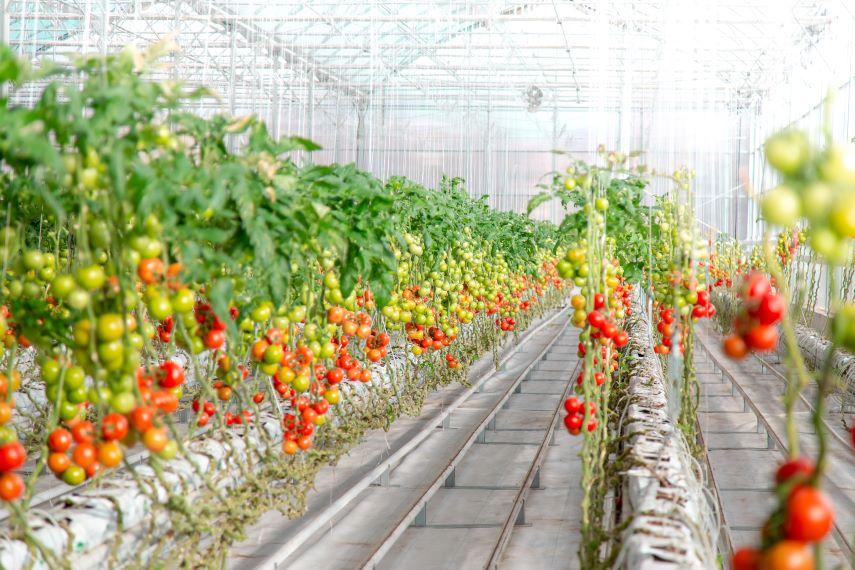Helping the Greenhouse industry reuse and repurpose their waste

Greenhouses offer a 365 day a year growing cycle, increasing our food security and access to fresh produce year-round. Growing efforts by the industry are resulting in more sustainable production practices, including reducing energy and water use, and finding alternatives to plastic packaging.

Ontario has the highest concentration of greenhouses in North America. Just in Ontario alone 220 farmers work on 3,300 acres, producing 476,000 tons of produce annually. While this means significant local outputs of fresh food, it also means any waste created by the industry is concentrated in the same area. Dr. Richard Zytner and Animesh Dutta’s recent research looks at how the greenhouse industry can capitalize on their biomass waste, repurpose valuable chemicals and create a more closed loop sustainable system. Recovery and Reuse of Valuable Chemicals Derived from Hydrothermal Carbonization Process Liquid focuses on two waste outputs: solid waste of tomato plant stalks and the end-of-life nutrient feedwater. The research uses a well-established hydrothermal carbonization process liquid (HTC-PL) a chemical process to convert to the plant biomass into an activated carbon. Where it gets interesting, is how the activated carbon is utilized to treat wastewater.

Nutrient feedwater is used to feed and help greenhouse plants grow. It is recycled resource to a point; however, it’s reuse is limited without the risk of developing crop devasting pathogens. Due to the high concentrations of nitrogen and phosphorous, the wastewater becomes a disposal problem for greenhouse farmers. If the wastewater gets released into local water systems it would cause a phenomenon called eutrophication - the increased growth of local aquatic plants, such as algae.
By using the activated carbon, produced with the leftover tomato stalks, the research demonstrates valuable chemical extractions called HTC-PL. U of G’s PhD. student Abu-Taher Jamal-Uddin, along with Zytner and Dutta, and other collaborating researchers from U of G, MacMaster University and Florida Institute of Technology, discovered three commercialization opportunities for the chemicals:
1 – use of the nonpolar HTC-PL components as fuel for greenhouse winter heating
2 – use of the HTC-PL residue for plant nutrient supply or fertilizers
3 – potential to blend hydrocarbon fractions with commercial petrol to enhance auto fuel production
While maintaining a busy schedule as the Interim Dean at the College of Engineering and Physical Sciences, Zytner still continues to publish impactful research and enjoys working with his graduate students. He shared, “at this stage in my career I am fortunate to have PhD students like Abu-Taher who require only my guidance as they are independent researchers. Abu-Taher’s expertise in chemical engineering really led this project, and I learned a great deal as a collaborating researcher and his advisor. It’s when we can apply interdisciplinary focus from within the engineering field that we really start to find intricate solutions to some of the world’s problems.